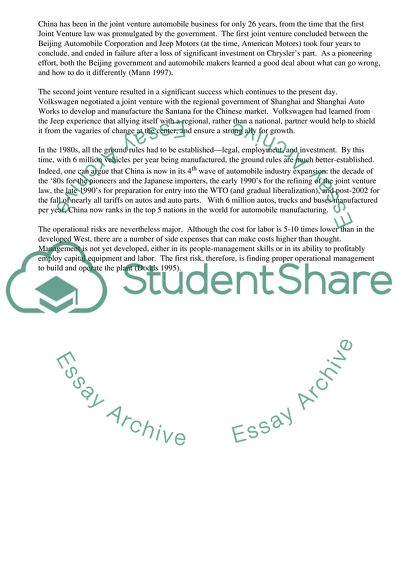Cite this document
(Risk Assessment for a De Novo Company in a Developing Country Case Study, n.d.)
Risk Assessment for a De Novo Company in a Developing Country Case Study. Retrieved from https://studentshare.org/management/1543574-risk-assessment-for-a-de-novo-company-in-a-developing-country
Risk Assessment for a De Novo Company in a Developing Country Case Study. Retrieved from https://studentshare.org/management/1543574-risk-assessment-for-a-de-novo-company-in-a-developing-country
(Risk Assessment for a De Novo Company in a Developing Country Case Study)
Risk Assessment for a De Novo Company in a Developing Country Case Study. https://studentshare.org/management/1543574-risk-assessment-for-a-de-novo-company-in-a-developing-country.
Risk Assessment for a De Novo Company in a Developing Country Case Study. https://studentshare.org/management/1543574-risk-assessment-for-a-de-novo-company-in-a-developing-country.
“Risk Assessment for a De Novo Company in a Developing Country Case Study”. https://studentshare.org/management/1543574-risk-assessment-for-a-de-novo-company-in-a-developing-country.


